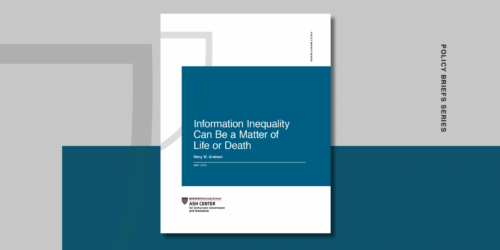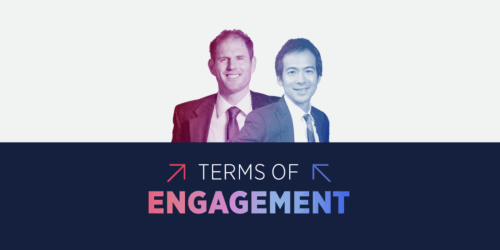Testimony
Policy Brief
Information Inequality Can Be a Matter of Life or Death
In this paper, Mary W. Graham examines how unintended information inequities undermine critical health and safety alerts. Focusing on three key policies — wildfire alerts, drinking water reports, and auto safety recalls — she identifies common roots of these disparities and highlights efforts by policymakers to address them.

Six years ago, when California’s deadliest wildfire killed 85 people in the town of Paradise, more than three-quarters of those who died were 65 or older or had disabilities. Many never received evacuation alerts. More recently, 93 percent of those who died in the tragic January 2025 Eaton and Palisades fires were 65 or older or had disabilities, according to the Los Angeles County medical examiner’s preliminary report.
In practice, information may not get to all Americans when and where they can access, understand, and act on it to protect themselves and their families. Wildfire alerts, drinking water contamination warnings, and auto safety recalls are among the nation’s enduring commitments to inform all Americans about hidden risks. A closer look at how they have served the public provides clues about the causes of information inequities and their remedies.
Originally published May 2025.
More from this Program
Insights from Transparency and Accountability Action Plans in Indonesia and Tanzania
Occasional Paper
Can Transparency and Accountability Programs Improve Health? Experimental Evidence from Indonesia and Tanzania

Podcast
The Politics of the Epstein Files
Co-hosts Archon Fung and Stephen Richer unpack the latest developments in the Epstein saga and explore what they reveal about shifting political alignments, growing demands for accountability, and the relationship between power and public trust.

Podcast
Wait, Wait — What Happened?
Co-hosts Archon Fung and Stephen Richer look back at the last five months of headlines as they celebrate the twentieth episode of Terms of Engagement.

Podcast
Is America Ready to Vote by Phone?
Archon Fung and Stephen Richer are joined by Michelle Feldman, political director at Mobile Voting, a nonprofit, nonpartisan initiative working to make voting easier with expanded access to mobile voting.
